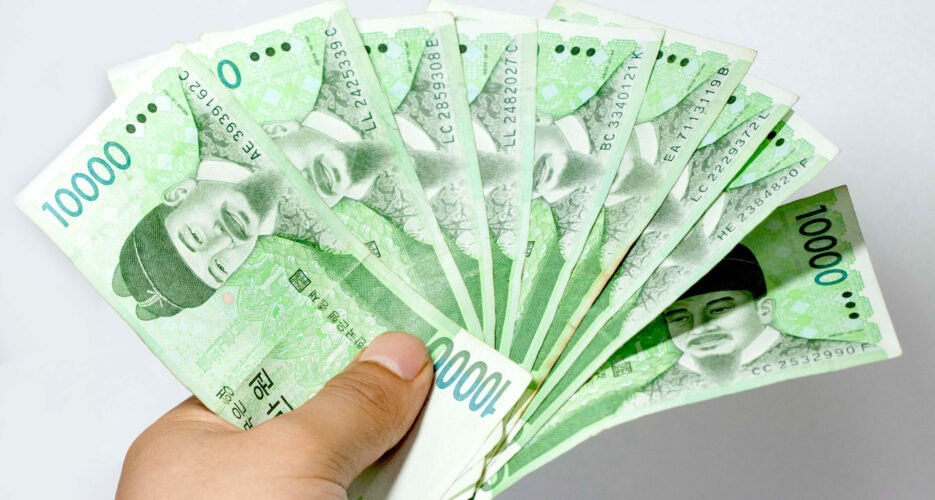Different factors have driven rising prices in two countries, increasing likelihood of economic slowdown
South Korean inflation has been far lower than the U.S. for much of the past 18 months, but it’s now starting to catch up, hitting 5.4% in the month of May.
While inflation in the U.S. has resulted from a post-pandemic uptick in demand, South Korea (as well as the Eurozone) is struggling with inflation due to external supply chain issues and price increases connected to the war in Ukraine.
South Korean inflation has been far lower than the U.S. for much of the past 18 months, but it’s now starting to catch up, hitting 5.4% in the month of May.
While inflation in the U.S. has resulted from a post-pandemic uptick in demand, South Korea (as well as the Eurozone) is struggling with inflation due to external supply chain issues and price increases connected to the war in Ukraine.
Get 30 days
of free access to
KoreaPro
Full access to all analysis
The KOREA PRO newsletter, every business day
Daily analysis on the top story of the day
The ability to suggest topics for coverage by our specialist team
Be smart about South Korea
Get full access to expert analysis and opinion.
Start now
No charges during your trial. Cancel anytime. A paid subscription will start after 30 days.
© Korea Risk Group. All rights reserved.
No part of this content may be reproduced, distributed, or used for
commercial purposes without prior written permission from Korea Risk
Group.












